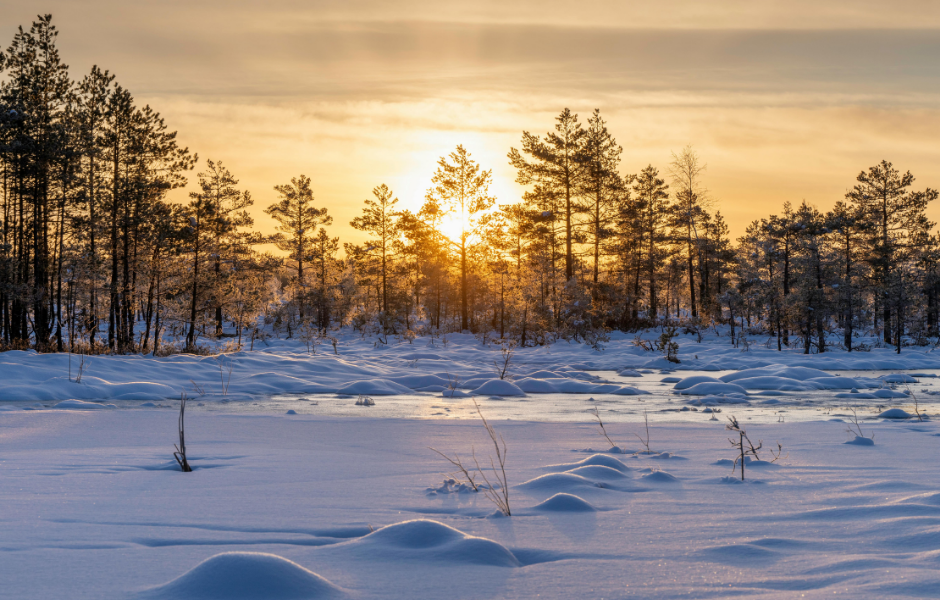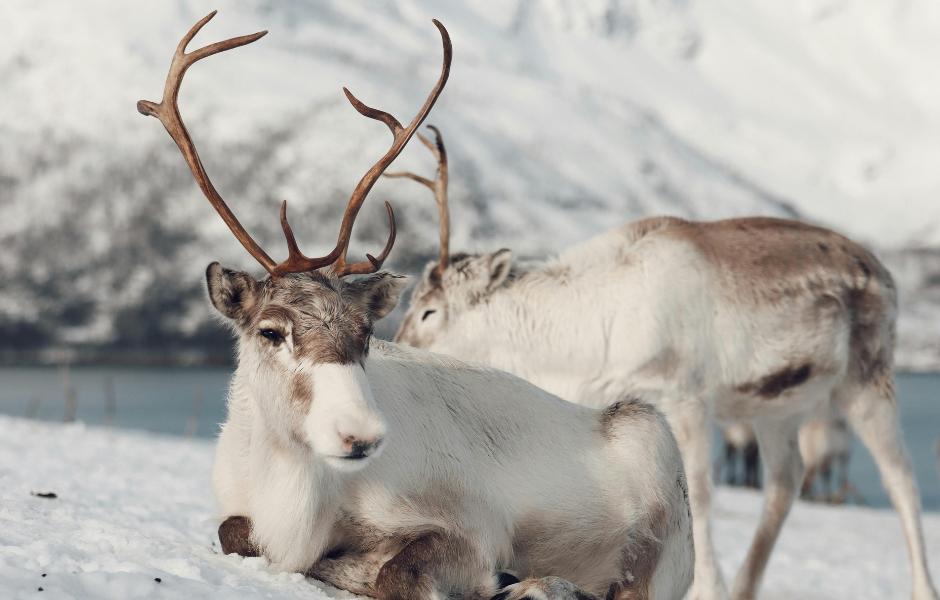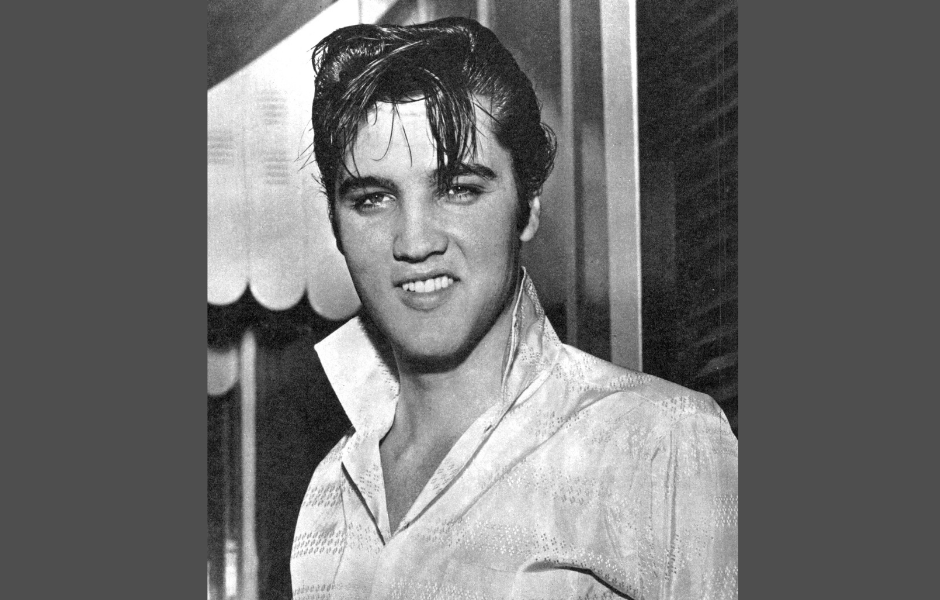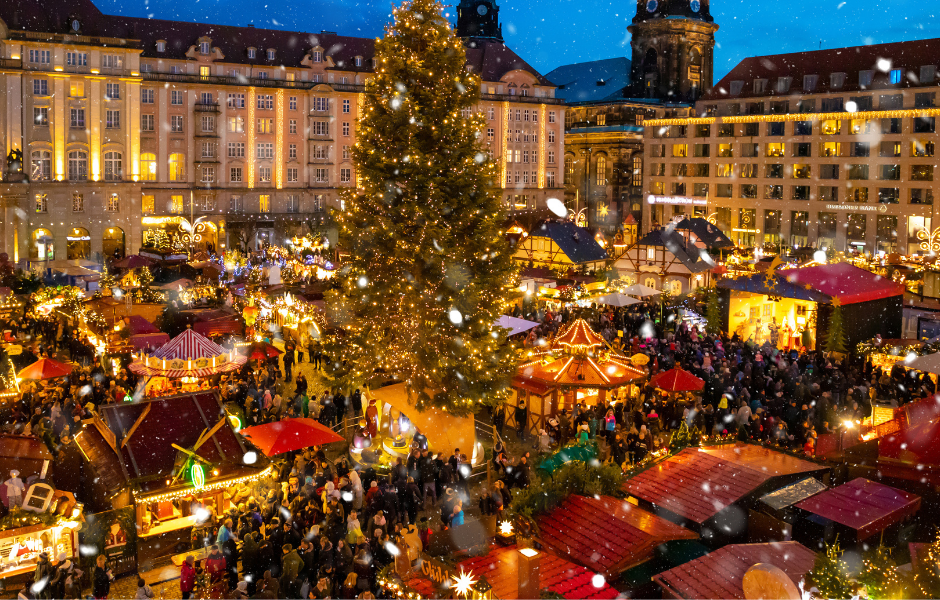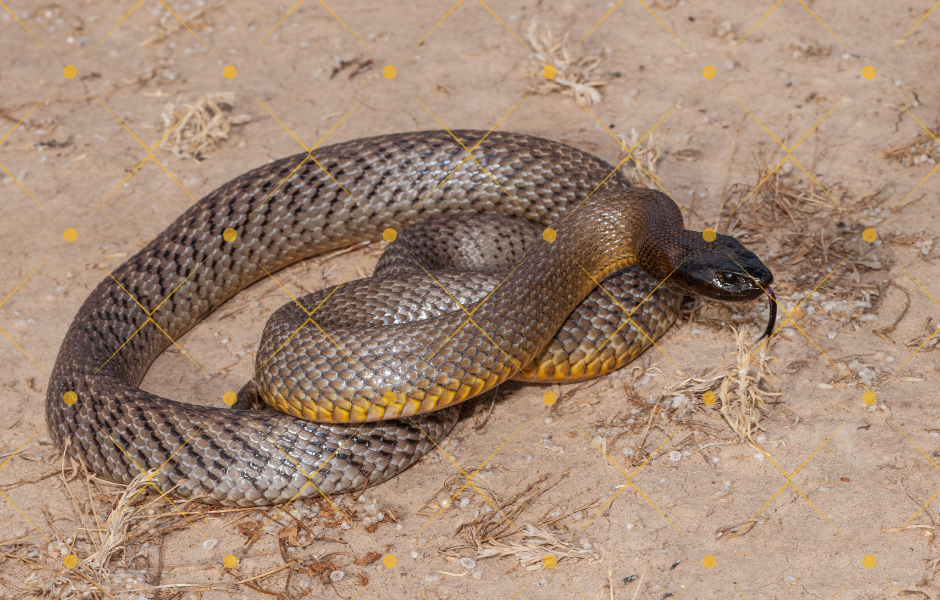
This children’s article, Deadly but fascinating: The world’s most dangerous snakes – a guide for kids, has been written for native English speakers and learners of English as a second or foreign language. It helps children build reading and vocabulary skills, learn fascinating facts about venomous snakes, and develop curiosity and respect for wildlife. Written by Sinead O’Carroll, an experienced teacher and writer who creates fun and informative news articles for young readers.
Not all snakes are scary, but a few are very dangerous
There are over 3,000 species of snakes in the world, and most of them are not dangerous to people. In fact, snakes help the planet by keeping animal populations balanced. But some snakes do carry strong venom that can be harmful if they bite. These are known as venomous snakes.
Even so, the chance of being bitten by a deadly snake is very small, especially if you stay aware and respect their space in the wild. Most snakes avoid people if they can!
Let’s meet some of the most dangerous snakes in the world and find out what makes them so powerful.
Inland Taipan – the most venomous snake on Earth
Also known as the “fierce snake,” the Inland Taipan lives in remote parts of Australia. Its venom is the strongest of any snake in the world. Just one bite has enough venom to kill 100 people. But don’t worry, this shy snake typically lives far away from humans and is rarely seen.
Black Mamba – super fast and very dangerous
The Black Mamba is found in parts of Africa and is one of the fastest snakes in the world. It can move at speeds up to 20 km/h! It’s also known for being very alert and has powerful venom. Luckily, Black Mambas usually slither away when they see people.
Russell’s Viper – small but serious
The Russell’s Viper is found across Asia and is one of the snakes responsible for the most snakebite cases in the world. It doesn’t grow very long, but it has strong venom and can be found in places where people live and work, especially in fields and farmland because they like to eat rodents.

Saw-scaled Viper – the noisy one
The Saw-scaled Viper is one of the smallest dangerous snakes, but it’s still one to watch. When it feels threatened, it rubs its body to make a loud hissing sound, like a warning. These vipers live in dry, sandy areas across Africa, the Middle East, and Asia.
Respecting snakes and their habitats
Even the most dangerous snakes don’t go looking for trouble. They bite only to protect themselves or when they’re hunting food.
Snakes play an important role in nature, and many are at risk because of habitat loss and fear.
Learning about snakes can help us understand them better, and protect them and ourselves at the same time.
For more about how snakes help us, visit the Save The Snakes website.
Article vocabulary list
- Venomous – Having poison that can be used in a bite or sting
- Species – A group of animals that are the same kind
- Remote – Far away from towns and people
- Alert – Quick to notice things around
- Habitat – The natural home of an animal or plant
- Slither – To move smoothly over a surface like a snake
- Hissing – A sharp sound like “ssss,” often made by snakes
- Balance – A way of keeping things even or fair in nature
Comprehension questions
Just click the plus (+) to see the answer
1. What type of snake has the strongest venom?
a) Russell’s Viper
b) Inland Taipan
c) Black Mamba
Answer: b) Inland Taipan
2. Which snake is known for its speed?
a) Saw-scaled Viper
b) Black Mamba
c) Inland Taipan
Answer: b) Black Mamba
3. Where does the Russell’s Viper often live?
a) In cities
b) In forests
c) Near fields and farmland
Answer: c) Near fields and farmland
4. How does the Saw-scaled Viper warn others?
a) It makes a loud hissing sound
b) It changes colour
c) It jumps
Answer: a) It makes a loud hissing sound
5. What is a habitat?
a) A type of snake
b) A place where an animal lives
c) A kind of food
Answer: b) A place where an animal lives
Sinead is a writer and EFL teacher with eight years’ experience. She’s a native English speaker who loves making news stories fun and easy to understand for children around the world. Her passions include travel, animals, and helping to make the world a kinder, more sustainable place.

